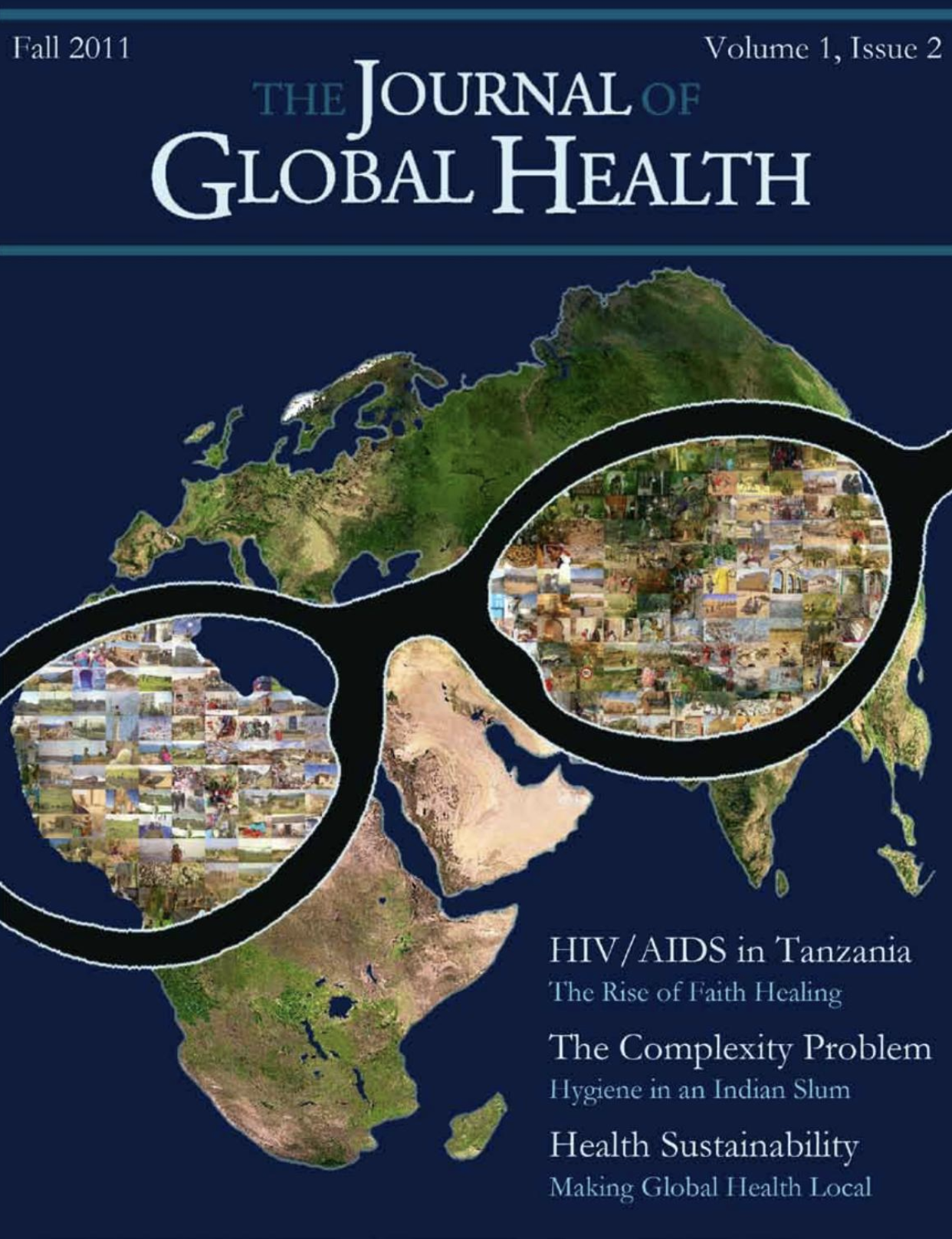Challenging the Quantity vs. Quality Mentality A Critique of Skilled Birth Attendant Management in Afghanistan
Main Article Content
Abstract
The health infrastructure of Afghanistan has been severely damaged by years of war and political instability, leading to inadequate provision of basic maternal health services to Afghan women. Skilled birth attendance has risen from an estimated 13% in 2003 to 14% in 2011, but this rate remains low from a global perspective (Sundarem, 2009; UNFPA, 2011). In developed countries, skilled birth attendants (SBAs) assist 99% of births, and only five countries, including Afghanistan, have rates that fall below 20% (World Health Organization, 2008). Currently, Afghanistan’s Ministry of Public Health and other international actors have various policy recommendations for improving skilled birth attendance for Afghan women. In past literature, policy recommendations have focused primarily or even entirely on increasing the accessibility of these attendants. Less attention has been given to improving the quality of skilled maternal care delivery. If addressed at all, issues of quality of care have been in large part viewed as secondary in urgency to issues of access in Afghanistan (Koblinsky, 2006). In this paper, I analyze SBA management in Afghanistan using a framework outlined in Kim and Porter’s “Redefining Global Health Care Delivery” (2010) to challenge the prevailing rhetoric that increasing patient care value necessarily compromises coverage of pregnant Afghan women. This framework leads to policy suggestions that are in line with an innovative “diagonal approach” that works to increase value of care in conjunction with access, even in resource-poor settings (Kim & Porter, 2010).

